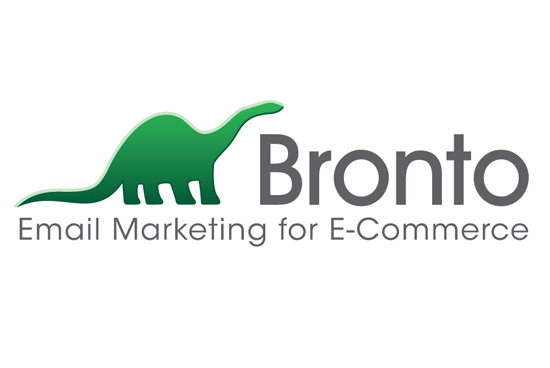When I first started out in e-commerce we would go to trade shows and nearly beg everyone to allow us to sell their products, much of the time we were rejected. Over time though slowly the tables began to turn as the sites I worked for gained popularity. Ultimately we had a long queue of requests from vendors to be added to our site. In my new company the same is true. There are constant requests to be added and it typically piles up to the point that you can barely even set aside time to give each company honest look. So I thought I’d offer my perspective from the retailer end in hopes of helping some wholesalers out there gain traction. If you’re serious about getting your products sold online, follow these 5 tips.
1. Provide high quality images. This should go without saying but it’s so often an issue still. If you want to sell online it’s all about the images. I once heard of a furniture maker rebutting: “I’m a furniture builder, not a photographer”. This may be true but you’re also a business owner, and if you’re in business you’re in sales. Your product can be the most amazing visual experience in the world but if you don’t have the images to show that off it’s worthless online. If you don’t want to splurge go to your local independent coffee shop and approach a hipster with a DSLR camera. There are plenty of amateurs that have the basic skills to far exceed what most consider acceptable.
2. Offer dropshipping. Most online retailers are not going to want to stock your products. If they are tiny it’s because they can’t afford to, if they are larger it’s because it’s not worth their time. The industry has widely shifted to the dropshipping model so if you’re not willing to play along you’re going to get left behind. If you aren’t able to handle this yourself than send your inventory to a fulfillment center and build that cost into your price. The slightly higher price will easily be worth it to a retailer if they don’t have to purchase in bulk. I at one point went as far as trying to remove every single non-dropship vendor that wasn’t insanely profitable to reduce my own warehouse needs.
3. Do not require opening orders. If you’re looking for a commitment from the retailer, it’s the work they’ll have to do to get you on their site. It doesn’t make sense for an online retailer to buy a bunch of product that they have no idea whether it will sell or not when it’s just going to sit on a shelf in a warehouse. They typically don’t have retail stores where this is a requirement to make the sale. This is an antiquated policy that needs to be abandoned in this digital age when dealing with e-tailers.
4. Provide updated & flexible product information. I’ve received scanned jpegs of handwritten product data before. Other suppliers send their information daily in Excel or annually in a Word doc. Half the time all this data isn’t even accurate when they send it and don’t even get me started on inventory numbers. This is such a nightmare for e-commerce companies that we’ve prioritized our updates entirely on the level of work needed to get the site up to date, and if the supplier doesn’t meet certain standards at this stage we won’t even consider them anymore. If you update your products regularly you’re especially shooting yourself in the foot if you’re not providing easy access data. At the most basic level at least use Excel. If you really want to up your game though and give your resellers a dream experience (comparatively) in this arena check out Supplier Partner. Full disclosure: I own this product so I might be biased, but this problem was such a big one in my experience that I dedicated tons of my time and resources to building it because it makes life so much easier for your customers: the retailers. Plus, whats the point of updating your products if none of your resellers are willing to spend the time to?
5. Fulfill fast and reliably. This is honestly the biggest issue in all of e-commerce. Everyone needs to stop focusing on all the non-essentials and get their fulfillment right. Once you have actually managed to get sales through painstaking work you can’t blow it with slow fulfillment or unreliable packaging. Unless an item is made to order there’s no excuse for more than a 5 day lead time, and if you’re item is breakable you HAVE to figure out how to package it safely. What’s the point of it all if you can’t get it to the customer? I’ve deal with companies that have had 60% damage records. This is just crazy and it’s worth the focus. Customer service nightmares like that will get you dropped from every store in no time.
I didn’t list anything about the products because that’s what normally has gotten you as far as you’ve come. This is the thing that most suppliers invest all of their energy in. These items listed above are typically lacking so the trade off is often not worth it to the retailer since they may not have the same perception of the product as you. Tip the scale in your favor by covering all your bases and you’ll see much more exposure!




